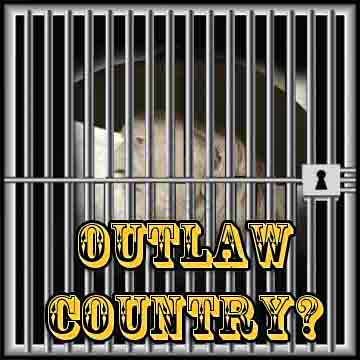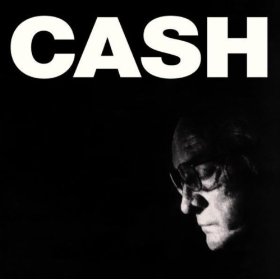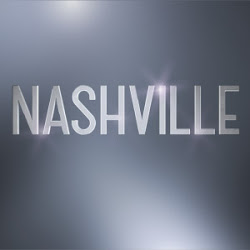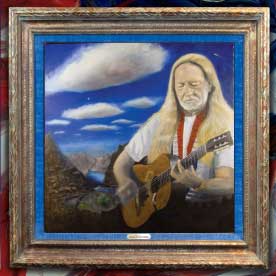If you are an avid country music fan, then you have probably at least heard of Outlaw Country, but you may not know a whole lot about it. This article will explain what Outlaw Country is as well as provide you with information relating to it.
What Is Outlaw Country?
Outlaw Country is a sub-genre of country music, and musicians who made up the genre were often considered outlaws in their time. This type of country music became very popular throughout the 60s, 70s and 80s. However, Outlaw Country’s origins go back as far as the 50s. It is said that Elvis Presley was a huge influence in making it popular, but it was Waylon Jennings who may have had the biggest influence of all, mainly due to him securing his own recording rights. As you may or may not know, Jennings started the Nashville Sound, which started to trend quickly.
Who Else Is Associated With Outlaw Country Music
Waylon Jennings is not the only big name country star who was associated with Outlaw Country. Other artists included Merke Haggard, David Allan Coe and Willie Nelson, who is sometimes the first country singer people think of when Outlaw Country is mentioned. Other singers associated with Outlaw are Billy Joe Shaver, Kris Kristofferson, Townes Van Zandt and Hank Williams Jr.
The Development Of Outlaw Country Music
As mentioned earlier, Jennings and Nelson played a huge role in infusing the movement, mostly because of their outlaw spirit. Many people have even noted that Nelson an Jennings were both veterans in Nashville and that both of their careers were revived due to the Outlaw Country music movement. Nashville producers took notice to Jennings’ and Nelson’s energy that they were feeding off of the energy that was coming from Texas, their home state. That was one of the reasons why Jennings’ record company decided to let him go ahead and produce his own music. As a result, Lonesome, On’ry and Mean were produced in 1973. Steve Young produced the theme song, and although he never went mainstream, his songs helped to shape the Outlaw style. Even though Shaver never did go mainstream, he has still created classic songs that are legendary in the Outlaw genre.
Jerry Jeff Walker and Michael Murphey, alongside The Lost Gonzo Band, also played a role in bringing Outlaw Country to life. Many believe that Walker helped shape Willie Nelson’s future career, but Murphey is said to have also played a role in shaping up Nelson’s future career in music. It was around 1971 when Nelson met Walker and Murphey in Austin, TX, and country music started to grow the Outlaw genre. While Nelson was relaunching and reinventing his career, The band The Flatlanders, made up of Joe Ely, Butch Hancock and Jimmie Gilmore, made a huge contribution to the genre. The band helped develop the Outlaw genre.
Texas country singer such as Guy Clark, Townes Van Zandt and Steve Earler, lived lifestyles and sang songs that also made the Outlaw genre what it is.
Johnny Cash is also a very prominent figure that people think of when Outlaw Country genre is talked about. This is because Cash helped relaunch his career with the help of Outlaw Country music. Some of Cash’s live albums were actually recorded in prisons. Cash eventually started to dawn an all-black outfit often, which is something that many other outlaw singers were wearing.
Outlaw Country Music Today – Did Outlaw Country Get Jailed?
This is a question that country fans may wonder, and the answer is no, the movement is alive and well. (ok, from time to time it might be a little on parole…) There are many other artists today that keep the Outlaw movement alive. Some of these singers include Dale Watson and Wayne Hancock, whose music and sound is often compared to Outlaw Country singing legend Hank Williams. Stoney LaRue is another singer from Texas who is a notable figure in the Outlaw movement today.
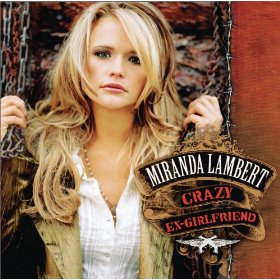
Included on Lambert’s “Crazy Ex Girlfriend is “Gunpowder & Lead’. That is about as Outlaw Country as it can get. Shoot ’em up Miranda!
There are also female country singers who help keep and grow the movement. Miranda Lambert is one of the top female country singers in the world, and she is considered to be an Outlaw singer.
As you can see, Outlaw Country is not only alive and well, but it continues to grow. With new and talented artists “breaking out,” it is likely that the movement will continue to grow in popularity.
